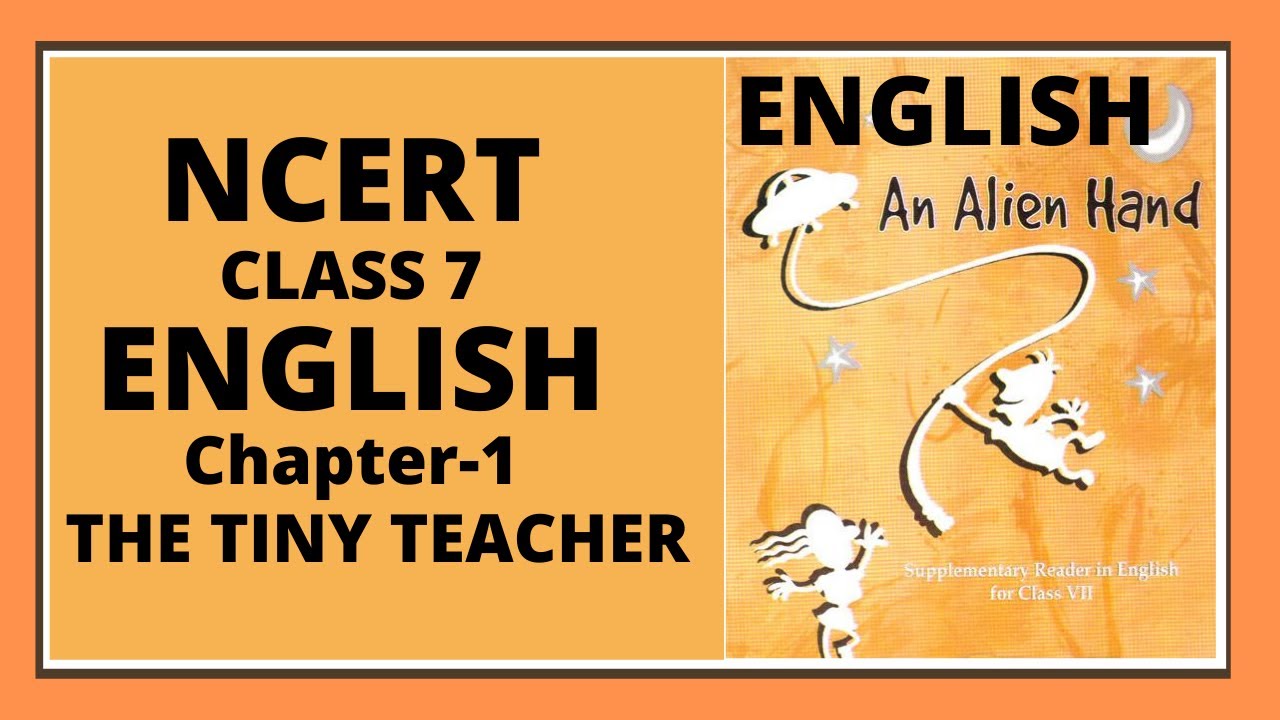
About Lesson
Chapter Title: The Tiny Teacher
Summary:
Introduction:
- The text introduces ants as remarkably intelligent and hard-working creatures, often overlooked due to their small size.
- Ants are described as living in anthills, their comfortable homes, and are recognized as the smallest but wisest insects.
Description of Ants:
-
Variety of Ants:
- Ants come in various kinds, with the most common being black or red.
- These ants are often seen but not paid enough attention to.
-
Anthill Life:
- Anthills serve as homes for ants, consisting of hundreds of little rooms and passages.
- Different rooms within the anthill serve specific purposes, including housing the queen, nurturing young ones (grubs), storing food, and providing shelter for workers and soldiers.
- Soldiers have separate barracks, and workers spend their time searching for food and maintaining the nest.
- The life within the anthill is peaceful, with each ant performing its role intelligently and harmoniously.
Fascinating Facts about Ants:
- Ants use their antennae to communicate, passing messages to other ants by touching their feelers.
- The queen ant has a pair of wings, which she sheds before laying eggs, initiating the life cycle of ants.
- Eggs hatch into grubs, which later transform into cocoons, eventually giving rise to complete ants.
- New ants learn their duties through training from older ants, preparing them for various roles in the colony.
Coexistence in Anthills:
- Anthills not only house ants but also accommodate other creatures, including beetles, lesser ant species, and greenflies.
- The presence of these creatures serves various purposes, such as emitting pleasant smells, providing sweet juices, or acting as pets or playthings for the ants.
- Ants train greenflies to produce honeydew, which they collect by touching the greenflies’ antennae, similar to how humans milk cows.
Lessons from Ants:
- Humans may learn valuable lessons from ants, such as hard work, sense of duty, discipline, cleanliness, care for the young, and loyalty to their habitat.
Discussion Topics:
- Keeping Ants as Pets:
- Potential problems of keeping ants as pets are discussed, allowing students to brainstorm challenges associated with this activity.
- Ant Communication:
- Students are encouraged to speculate on what ants communicate to each other by touching their feelers, drawing parallels with bees’ communication through dancing.
Poem Completion:
- The chapter concludes with a poetry exercise where students are prompted to complete a poem using words related to various living spaces such as kennels, nests, anthills, etc.
Additional Facts about the Tongue:
- The text briefly discusses the role of the tongue in humans and other animals, highlighting its function in tasting, chewing, swallowing, speaking, catching prey, and smelling.
Explanation of the Text:
- The text explores the fascinating world of ants, highlighting their intelligence, social structure, and significant role in nature.
- It presents a detailed description of anthill life, including the organization of different chambers for various purposes within the nest.
- The communication methods of ants, their life cycle, and the coexistence of different creatures within anthills are elucidated.
- Valuable lessons that humans can learn from ants, along with discussion topics for further exploration, are provided.
- The chapter also includes a creative exercise where students complete a poem using words related to different living spaces.
Join the conversation
